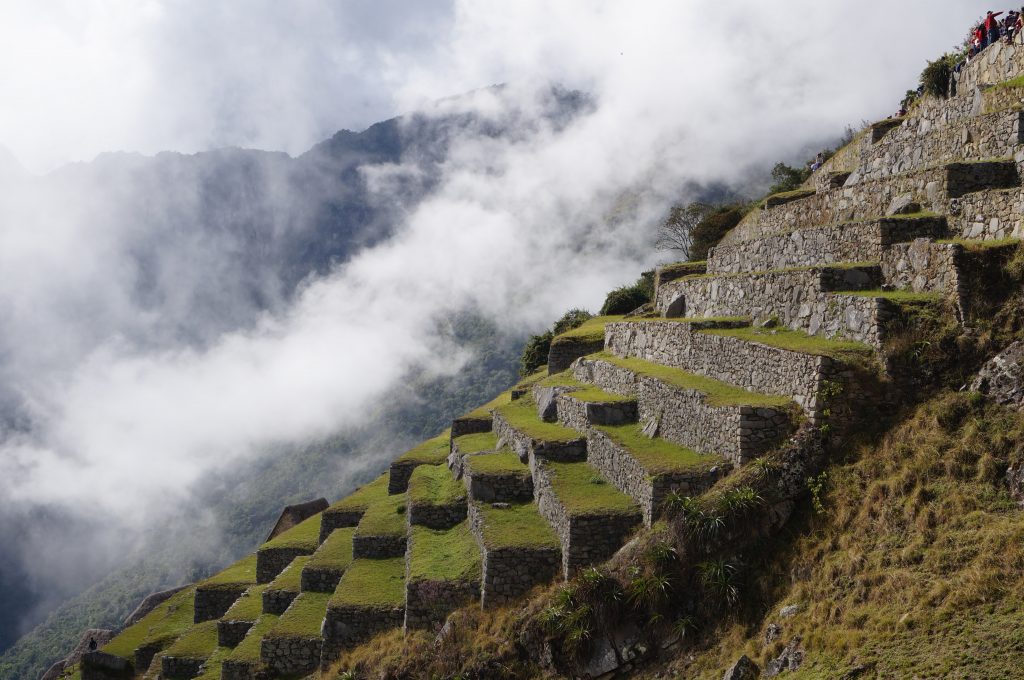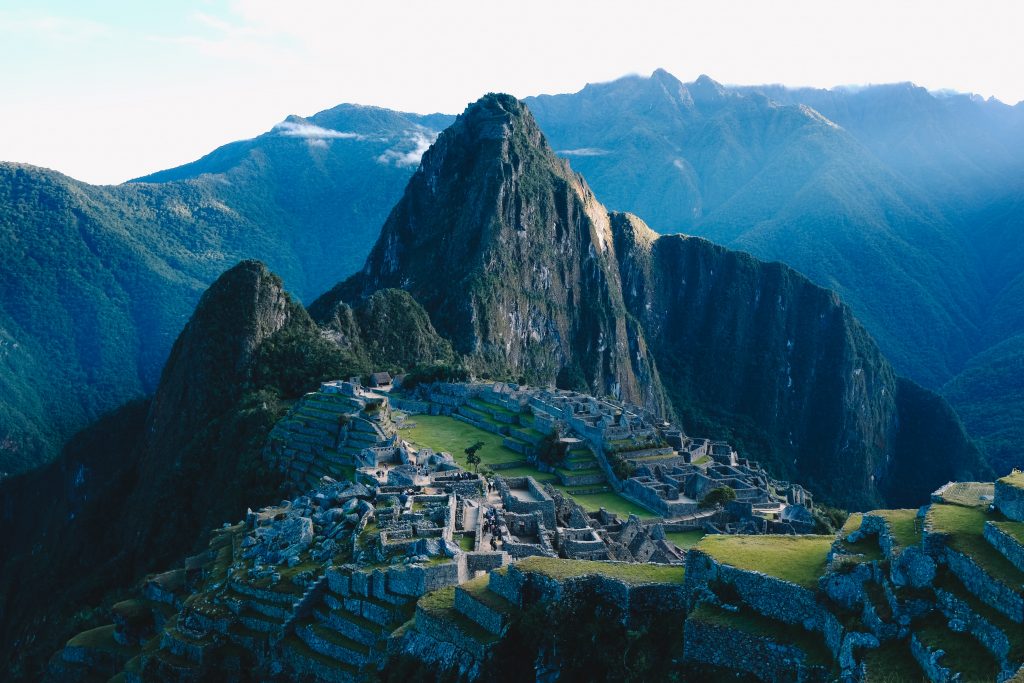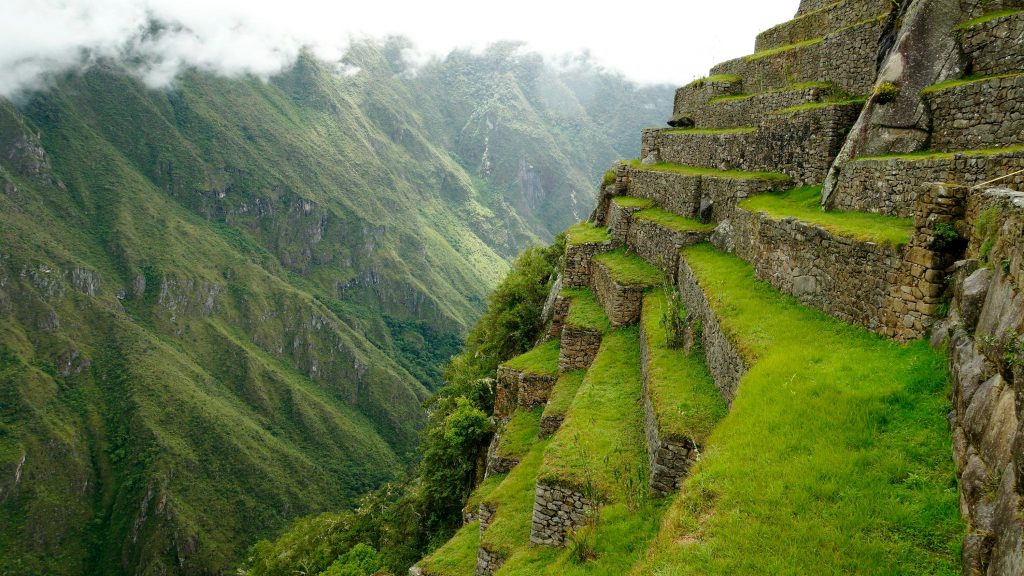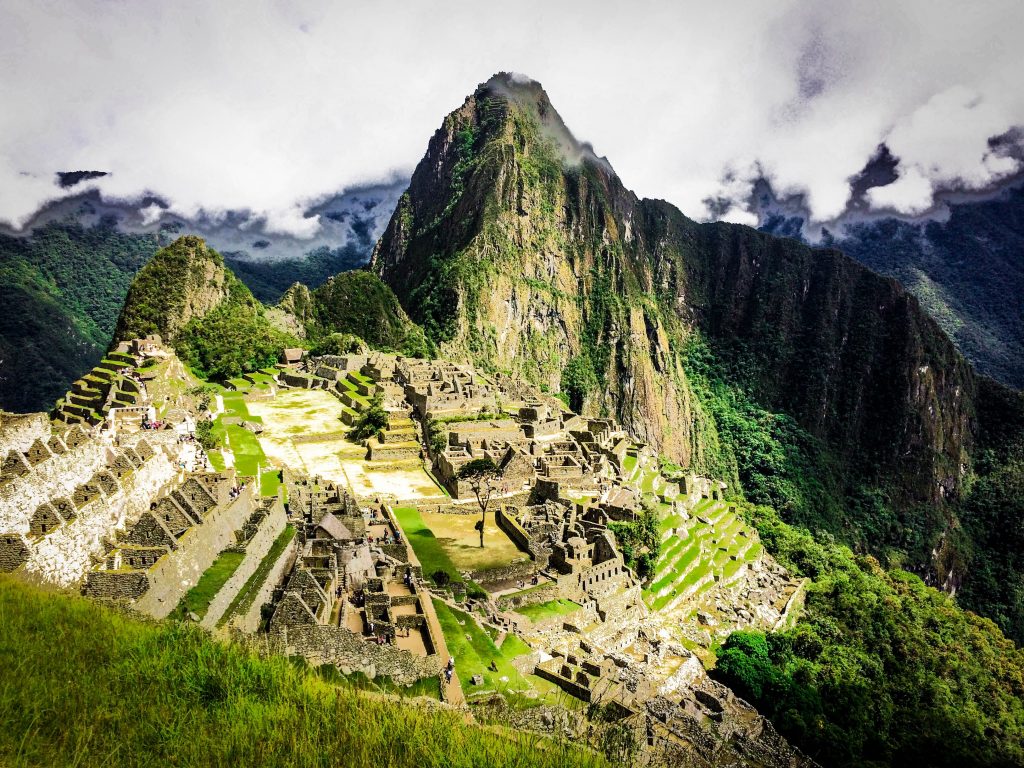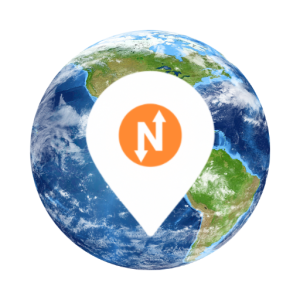Machu Picchu
The stone city of Machu Picchu is one of the most fascinating archeological sites on the planet. Located northwest of Cusco, Peru, it is a testament to the power and ingenuity of the Inca people.
Take a look on our reviews and guides on Accommodation in Cusco (where most people choose to stay) or Aguas Calientes (nearest town from Machu Picchu, also known as Machu Picchu Town).
You can book your flight tickets to Cusco (the nearest airport) on here.
You probably need a Visa if you are not originally from the United States. Check here.
There are many options for that. By different trains, hiking, etc. We explain it more on here.
Eating inside the archaeological site is strictly prohibited, but visitors can use the small area close to the entrance to eat a box lunch.
Machu Picchu
Find out everything about Machu Picchu. We will help you discover the best things to do, places to go and much more on our NomadSet Guide. Enjoy!
Size: 325.9 km2
Average duration of a trip: 1 day
The Inca People
The Inca are very welcoming people, very open to foreigners and they love to have tourists.
The Mystery
Built in the 15th century and later abandoned, it’s renowned for its sophisticated dry-stone walls that fuse huge blocks without the use of mortar, intriguing buildings that play on astronomical alignments and panoramic views. Its exact former use remains a mystery.Wow!
Transportation
The best way to arrive at Machu Picchu is from Aguas Calientes, a near city from where you can take the Inca Rail Train.
Dollar is Key
With a difficult relationship with inflation, Argentina has hit its own records. So the US Dollar is key. There is an official rate and an unofficial (but way overused) one that literally pays you the double for your greens.
Hola or Hello
Spanish is the official and most used language. Cosmopolitan and open, Argentinians will often also speak English.
Wildly Wide
Buenos Aires has the widest avenue in the whole world: 9 de Julio Avenue. The avenue's unusual width is because it spans an entire city block, the distance between two streets in the checkerboard pattern used in Buenos Aires. The distance between adjacent streets is roughly 110 m, greater than the distance between streets in Manhattan.

